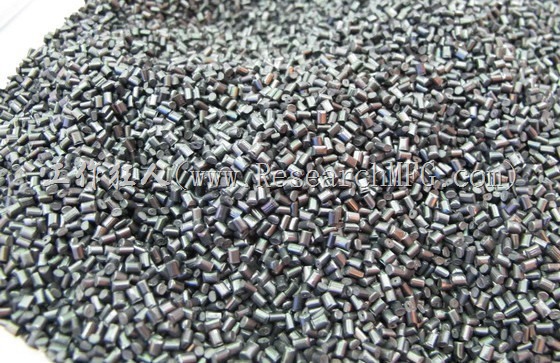
This is a answer to a question from a community member asking about plastic quality control. The question was: “Can we rely solely on MI (Melt Index) values to monitor the quality of plastic resins? And does an increase in MI indicate plastic property degradation?” Many people believe there is no direct correlation between MI values and cracking in plastic products.
In my opinion, if you truly want to control the molding quality of plastics, it makes sense to monitor mechanical properties like tensile strength, flexural strength, and impact strength. These are the direct indicators that affect how the plastic performs in use. When designing plastic parts, these properties are typically considered first when selecting materials.
However, testing these direct indicators every time raw materials are received can be costly and time-consuming. For example, each test might consume around 0.5 tons (this number needs verification) of plastic resins. Additionally, it requires a custom mold and ties up an injection molding machine for testing. For most companies, this kind of inspection cost is significant, so it’s rarely done.
Instead, our company uses an indirect indicator—MI values—to check for issues like improper addition of regrind resin or over-mixing, which can lead to plastic property degradation. MI testing is simple and affordable, requiring only a few grams of material and avoiding the complexities of testing mechanical properties.
From our experience, if plastic resins are improperly mixed with too much regrind resin or over-processed (e.g., re-pelletized or dyed), the MI value rises significantly. As I’ve discussed in previous articles, during processes like leadscrew extrusion, long polymer chains in the material can break into shorter ones, increasing melt flow speed and thus the MI value. This also reduces the material’s strength because shorter chains are less entangled than longer ones.
Considering economic and practical factors, using MI values for initial plastic quality checks is effective. It helps maintain quality, lowers inspection costs, and speeds up the process. When issues arise, you can then consider testing direct indicators like tensile strength, flexural strength, and impact strength to investigate further.
Q: If plastic tends to crack on its own (similar to the spiderweb pattern of a windshield hit by a rock), which plastic property should we monitor? Hardness? Toughness? Or something else?
A: To answer this, we first need to determine whether the cracking is caused by internal stress or external stress.
-
External Stress: If cracking is due to external forces, you should monitor the plastic’s impact strength. Impact strength can be measured with or without a notch, depending on your needs—or both for more comprehensive control.
-
Internal Stress: If the cracking is caused by internal stress, you’ll need to check the mold design and molding conditions to see how the internal stress can be reduced.
Using the windshield example, where cracking occurs due to being hit by a rock, this is an external stress issue. You’ll need to control both notched and unnotched impact strength.
-
Unnotched Impact Strength: This measures how much force the plastic can withstand before cracking begins.
-
Notched Impact Strength: This evaluates how much additional force the material can take before a crack propagates fully after it starts.
By monitoring both, you can better predict and prevent cracking caused by external forces.
Related Posts:







Leave a Reply